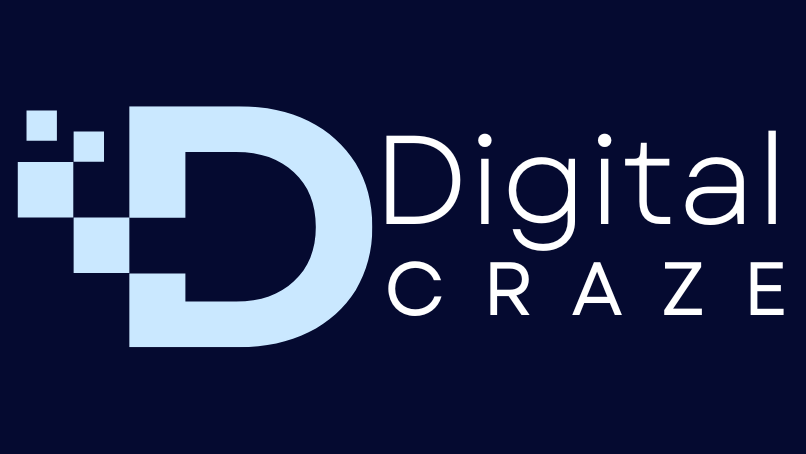On our web pages, we have already written about the fact that the most important thing in SEO is simplicity in its above all complex existence.
Search Engine Optimization (SEO) is a critical aspect of digital marketing that can significantly impact a website’s visibility and ranking in search engine results. This article will delve into key strategies and best practices for effective SEO optimization, providing detailed information on various techniques.
On-Page SEO Techniques
On-page SEO refers to optimizing individual web pages to rank higher and earn more relevant traffic in search engines. Here are some crucial on-page SEO techniques:
Title Tags
Title tags are HTML elements that specify the title of a web page. They should be:
- Unique for each page
- 50-60 characters long
- Include the target keyword near the beginning
- Be compelling and accurately describe the page content
Meta Descriptions
Meta descriptions are HTML attributes that provide a brief summary of a web page. While they don’t directly impact rankings, they can influence click-through rates. Best practices include:
- Keeping them between 150-160 characters
- Including the target keyword
- Writing a compelling description that accurately reflects the page content
- Using action-oriented language to encourage clicks
Header Tags
Header tags (H1, H2, H3, etc.) help structure your content and make it easier for search engines to understand. Tips for effective use include:
- Using only one H1 tag per page, typically for the main title
- Including target keywords in H2 and H3 tags where relevant
- Maintaining a logical hierarchy (H1 > H2 > H3)
Content Optimization
High-quality, relevant content is crucial for SEO success. Key considerations include:
- Creating in-depth, comprehensive content (typically 1500+ words for pillar pages)
- Incorporating target keywords naturally throughout the content
- Using related terms and synonyms (LSI keywords)
- Structuring content with short paragraphs, bullet points, and subheadings for readability
- Regularly updating content to maintain freshness and relevance
Technical SEO Strategies
Technical SEO focuses on improving the technical aspects of a website to increase the ranking of its pages in search engines.
Key areas include:
Site Speed Optimization
Fast-loading websites are favored by both users and search engines. Techniques to improve site speed include:
- Optimizing image sizes and formats
- Minifying CSS, JavaScript, and HTML
- Leveraging browser caching
- Using a Content Delivery Network (CDN)
- Implementing lazy loading for images and videos
Mobile Responsiveness
With mobile-first indexing, ensuring your site is mobile-friendly is crucial. This involves:
- Using responsive design principles
- Ensuring text is readable without zooming
- Making buttons and links easily tappable
- Avoiding software not common on mobile devices (e.g., Flash)
XML Sitemaps
XML sitemaps help search engines understand your website structure. Best practices include:
- Including all important pages
- Keeping the sitemap under 50,000 URLs and 50MB
- Updating the sitemap when new content is added
- Submitting the sitemap to search engines via Search Console
Structured Data Markup
Implementing structured data helps search engines understand your content better and can lead to rich snippets in search results. Key points:
- Use Schema.org vocabulary
- Implement JSON-LD format
- Include relevant schemas for your content type (e.g., Article, Product, FAQ)
Off-Page SEO Techniques
Off-page SEO refers to actions taken outside of your website to impact your rankings within search engine results pages.
Key strategies include:
Link Building
Quality backlinks remain a crucial ranking factor. Effective link building strategies include:
- Creating high-quality, linkable content (e.g., original research, infographics)
- Guest posting on reputable sites in your industry
- Broken link building
- Leveraging digital PR and brand mentions
- Participating in industry forums and discussions
Social Media Engagement
While not a direct ranking factor, social media can indirectly impact SEO by:
- Increasing brand visibility and recognition
- Driving traffic to your website
- Providing opportunities for content distribution
- Potentially leading to more backlinks
Local SEO
For businesses targeting local customers, local SEO is crucial. Key techniques include:
- Optimizing Google My Business listings
- Encouraging customer reviews
- Ensuring NAP (Name, Address, Phone) consistency across the web
- Creating location-specific pages on your website
- Building local citations on relevant directories
By implementing these detailed SEO techniques, websites can significantly improve their visibility in search engine results pages, attract more organic traffic, and achieve better rankings. Remember that SEO is an ongoing process that requires regular monitoring, analysis, and adjustment to maintain and improve results over time.
If you need cool cheat sheet you can find it here.
